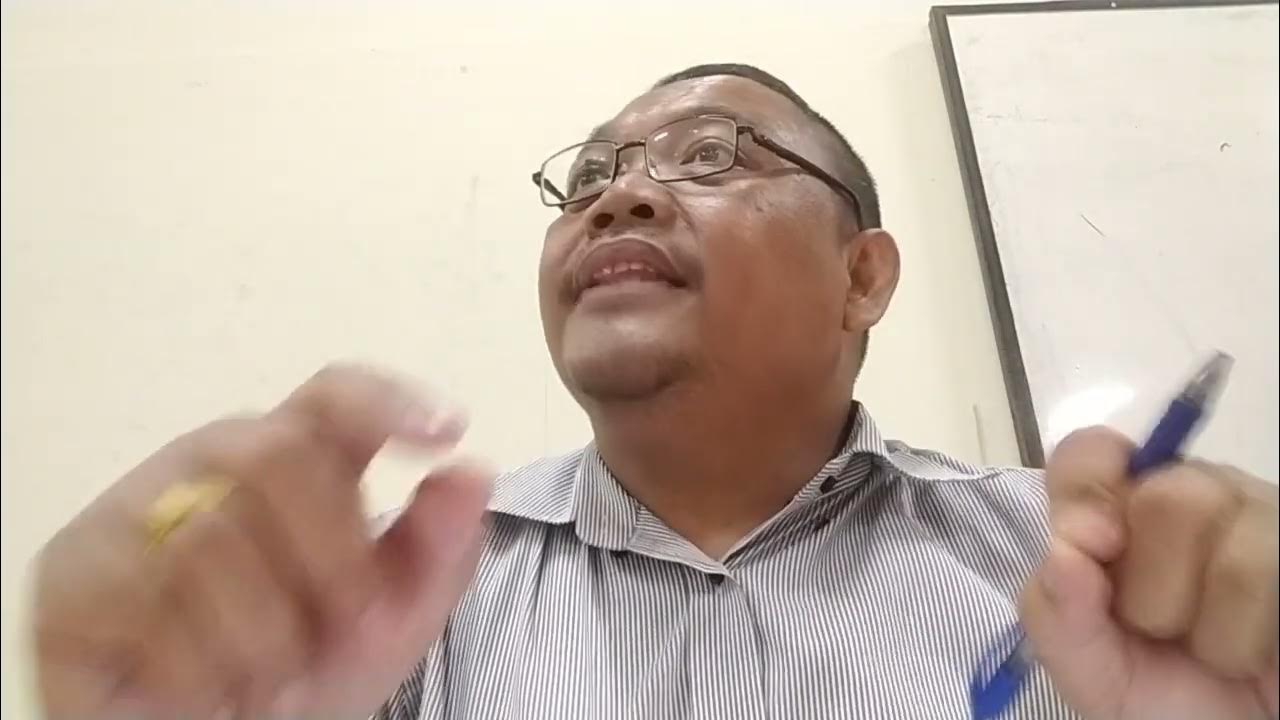Microeconomics: Social Cost in China
Summary
TLDRIn this reflective piece, the speaker explores the hidden costs behind cheap goods, particularly clothing manufactured in China. While walking through Hangzhou, the speaker highlights the severe environmental impacts of unchecked industrialization, including dense smog and poor air quality. The neglected state of the streets, with garbage piling up, further illustrates the societal cost of low-cost products. The video serves as a powerful reminder that the true price of these goods extends far beyond their retail cost, affecting both the environment and local communities.
Takeaways
- 😀 The pollution in Hangzhou is severe, with smog lingering for weeks, making the city’s visibility poor and unhealthy.
- 😀 The speaker contrasts the 'price' of cheap goods with their 'true cost,' which includes hidden environmental and social consequences.
- 😀 The air quality index (AQI) is a major concern in Hangzhou, and while residents may have access to better data, accurate information is still hard to come by for visitors.
- 😀 Cheap labor and substandard working conditions in China contribute to the environmental degradation, leading to long-term health and social costs.
- 😀 The speaker’s experience of a persistent cough highlights the direct impact of pollution on people's health in Hangzhou.
- 😀 Hangzhou's natural beauty, such as the UNESCO World Heritage site West Lake, is overshadowed by pollution and industrialization.
- 😀 Waste management in Hangzhou seems inefficient, with piles of garbage left in the streets despite the presence of street cleaners.
- 😀 The speaker comments on the poor conditions of the local buildings, comparing them to Soviet-era architecture, which gives an impression of neglect and decay.
- 😀 The streets in Hangzhou often seem chaotic, with garbage strewn around and even empty bins not being properly managed, creating a sense of disorganization.
- 😀 The transcript emphasizes that while the manufacturing conditions in China may seem cheap from a consumer perspective, the environmental toll and human cost are far from negligible.
Q & A
What is the key theme discussed in the script?
-The script primarily discusses the environmental and social costs of cheap manufacturing in China, particularly focusing on pollution, substandard working conditions, and the broader consequences of low-cost production on the local environment.
What does the speaker observe about the air quality in Hangzhou?
-The speaker describes poor air quality in Hangzhou, mentioning a persistent smog that has lasted for two weeks. The air quality index (AQI) is a major concern, and while local residents have more accurate information, the speaker struggles to obtain precise data.
How does the speaker contrast the 'price' and the 'true cost' of cheap goods?
-The speaker emphasizes that the price of cheap goods is not the only cost; the true cost includes environmental damage, pollution, and the health impact on people living in areas affected by substandard manufacturing processes.
What specific environmental issue does the speaker highlight in Hangzhou?
-The speaker highlights the heavy pollution in Hangzhou, particularly smog, and its impact on air quality. This pollution is presented as a consequence of cheap manufacturing and lax environmental regulations.
What does the speaker mean by 'social cost' in the context of this transcript?
-The 'social cost' refers to the negative impact on the local community due to environmental degradation, poor working conditions, and pollution resulting from industrial activities in Hangzhou and other manufacturing hubs in China.
What is mentioned about the state of the local infrastructure and the environment?
-The speaker describes a mix of urban decay, with dirty windows, trash-filled streets, and Soviet-era buildings. This reflects a lack of cleanliness and the poor living conditions in some parts of the city, which are exacerbated by environmental neglect.
How does the speaker describe the street cleaning efforts in Hangzhou?
-The speaker briefly describes a street cleaner using a broom and a bicycle to clean the streets. Despite these efforts, there is still a significant amount of garbage scattered around, highlighting the inefficiency of waste management in certain areas.
What kind of building does the speaker mention seeing from the hotel?
-The speaker refers to 'soviet-era' buildings, which are described as being in a state of disrepair, with dirty windows and an overall impression of neglect.
Why is there a sense of confusion about the sounds heard in the middle of the night?
-The speaker hears strange banging noises in the night, which they initially don’t understand. It turns out that these sounds are associated with the garbage collection process, though the exact cause is unclear.
What role does pollution play in the cost of manufacturing in China?
-Pollution is directly linked to the low cost of manufacturing in China. The speaker suggests that substandard working conditions and the lack of stringent environmental regulations contribute to both the environmental damage and the social costs of cheap goods produced in these factories.
Outlines

此内容仅限付费用户访问。 请升级后访问。
立即升级Mindmap

此内容仅限付费用户访问。 请升级后访问。
立即升级Keywords

此内容仅限付费用户访问。 请升级后访问。
立即升级Highlights

此内容仅限付费用户访问。 请升级后访问。
立即升级Transcripts

此内容仅限付费用户访问。 请升级后访问。
立即升级浏览更多相关视频

Cost Terms and Concepts in Cost & Management Accounting Part 2, Manufacturing Costs, Mike Werner

Fashion: Last Week Tonight with John Oliver (HBO)

Fast Fashion’s Effect on People, The Planet, & You | Patrick Woodyard | TEDxUniversityofMississippi

Fast Fashion Explained In Under 5 Minutes

Perusahaan Industri (Manufaktur)

Hidden Dangers: Handling, Stowage and Care of Non Dangerous Cargoes
5.0 / 5 (0 votes)
